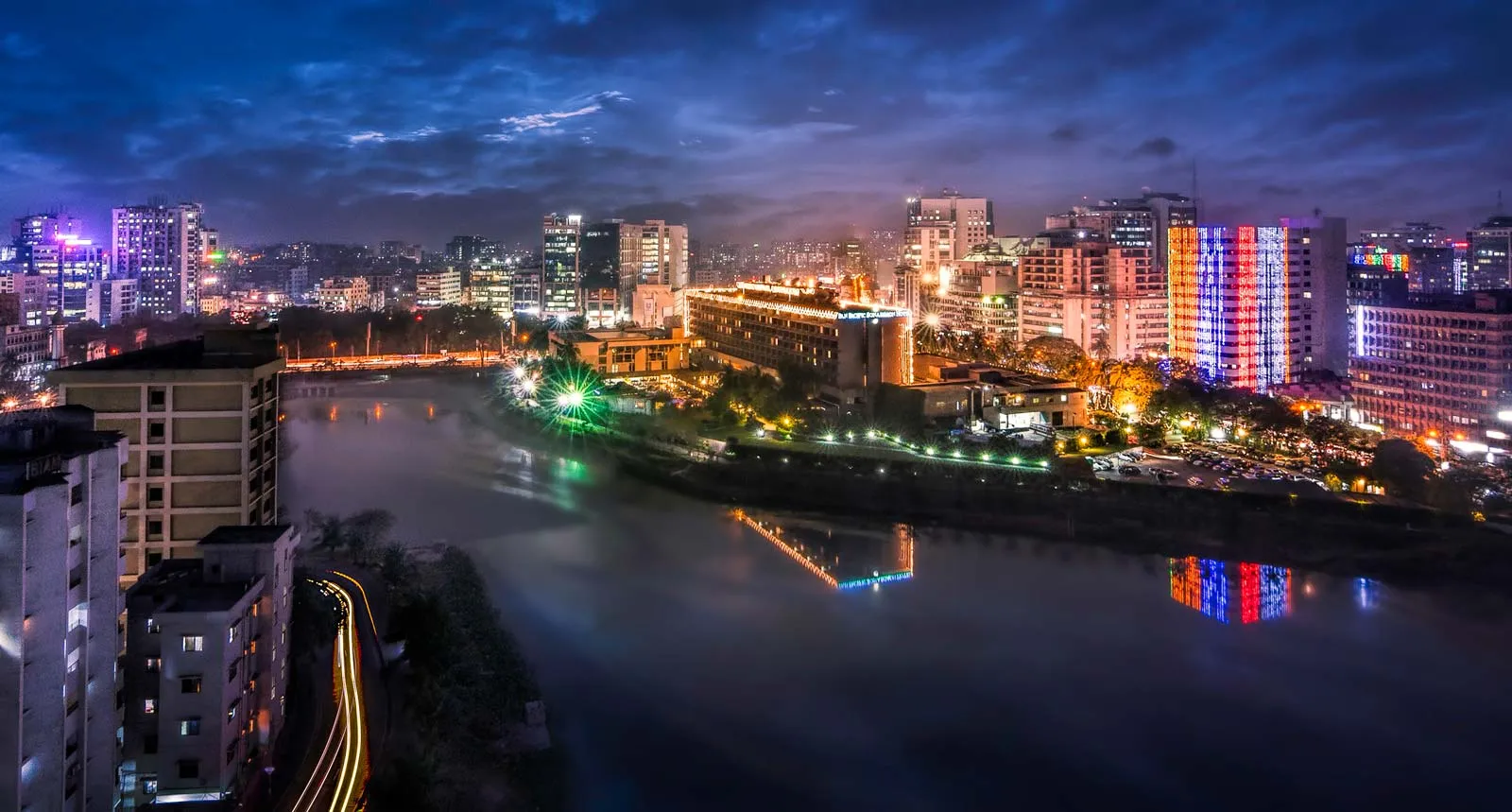Dhaka-all you want to know after landing here
Dhaka, the capital of Bangladesh, is situated in southern Asia along the Buriganga River. It is the center of the national government, trade, and culture. The city was the Mughal capital of Bengal in the 17th century. Many of these buildings remain, including the National Parliament House complex designed by Louis Khan. Listed as one of the World Heritage Sites, Dhaka is a fascinating city that is definitely worth visiting. Dhaka, originally the provincial capital of Murshidabad, became a thriving city under British rule, and its development under the suffrage movement was accelerated by its status as the capital of Assam and Eastern Bengal. Its status as the political heart of the Indian independence movement was consolidated in the 20th century when the All India Muslim Educational Conference established the All India Muslim League. The city was also the capital of East Pakistan after the partition of the subcontinent and later became part of the newly formed country. In 1971, Dhaka gained independence from West Pakistan.
Dhaka is one of the world's most crowded cities, with traffic jams lasting hours. More than 19.5 million people live within 300 kilometers of Dhaka. Its population density makes it the most densely populated city in the world. It is estimated that a city of this size has an average of 23234 people per square kilometer. Dhaka is so densely populated that rickshaws outnumber cars.
While the city was once known for its small shops and roadside markets, it has undergone rapid development over the past few decades. A number of hotels and restaurants have sprung up around the city, offering a wide variety of cuisines and styles to choose from. Even if the city has grown exponentially in recent years, its traditional culture and folk music still remains popular. Ghazal songs and folk music are still popular, and national poet Kazi Nazrul Islam and poet like Rabindranath Tagore enjoy a wide following in Dhaka.
Those in search of cultural diversity should visit the Ahsan Manzil Museum, which was originally the residence of the Nawab of Dhaka. The museum houses a collection of paintings, sculptures, and other artifacts dating back to the early 1600s. The museum also has several exhibits of Hindu, Buddhist, and Muslim art. Besides, the Botanical Garden adjoins the National Museum. Whether you're looking for culture or entertainment, Dhaka has it all.
Dhaka's name comes from the dhak tree, which is the city's most common source of timber and coir. The city also owes its name to Dhakeshwari, the Hindu goddess of abundance. The two goddesses are revered in the city, and the name of the shrine was derived from the dhak tree. The city also hosts a number of other historic buildings from different cultures.
While walking around Dhaka is a great way to get around, it's important to make sure you always stay on the footpath and keep your distance from the road. Luckily, there are several options for car rentals in Dhaka.
The city's history is replete with examples of Mughal-era canals that once served as baths for the city's inhabitants. While these old-style canals have been filled in for development, they are still vital sources of drainage for the city. You can ride a rickshaw thirty minutes to the upper-class neighborhoods, or take a 30-minute taxi ride. .
The main mode of transportation in Dhaka is the auto rickshaw or cycle rickshaw. Public buses, run by the state-run Bangladesh Road Transport Corporation, are also available, as well as private bus operators. Another option is scooters, which are used by the growing middle class.


